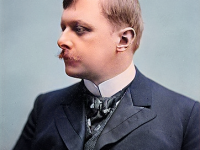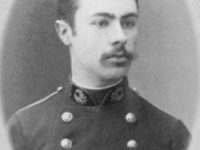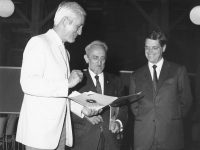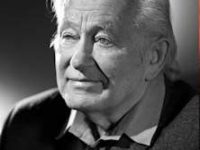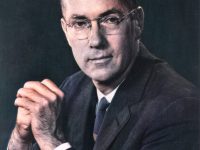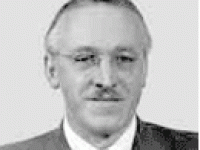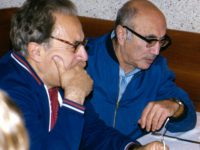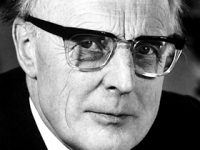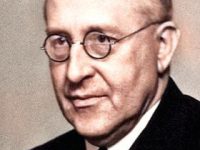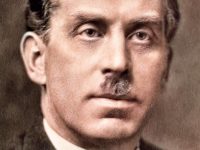Carl Størmer and the Mathematical Model of the Formation of Aurorae
On September 3, 1874, Norwegian mathematician and geophysicist Carl Størmer was born. Carl Størmer is known both for his work in number theory and for studying the movement of charged particles in the magnetosphere and the formation of aurorae. He also contributed both important photographic observations and mathematical data to the understanding of the polar aurora, of stratospheric and mesospheric clouds, and of the structure of the ionosphere. The discovery of the Van Allen…
Read more

